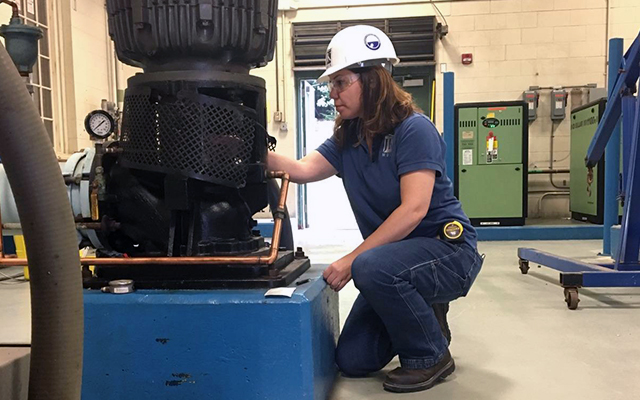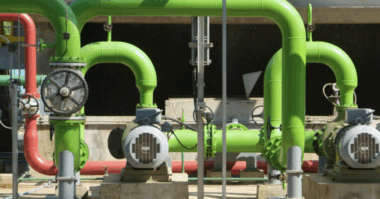Writing System Performance Specifications (SYPS) – The Next Revolution in Energy Project Delivery
Author: Jennifer K. Muir, P.E.
In previous articles, I have discussed the barriers to energy efficiency projects in the water/wastewater sector. As we work through these obstacles, we are defining the process of making these projects a success with realized savings and quality components for long-term reliability.
Read “Process and Pumping System Optimization:  The Missing Piece of the Pie (and it isn’t apple or pumpkin…)”
The Missing Piece of the Pie (and it isn’t apple or pumpkin…)”
How important is schedule? As they say, time is money – and the cost of delay is real dollars. Getting the funding in place and minimizing the lead time to get equipment on-site are all part of rapid return on investment. Realization of savings sooner creates a cash flow that can be used for the implementation of additional projects or critical capital improvements.
Rolling into larger projects can create a delay in implementation and add cost due to overhead escalation associated with large plant upgrades.
In order to expediate and potentially minimize procurement restrictions, we also have the opportunity to utilize innovative financing options; including utilizing energy service companies with performance contracting agreements and guaranteed savings, in addition to leveraging state, federal, and utility grant and loan programs.
But how do we ensure the predicted cost savings are achieved? A tailored approach to the design and specifications of a pumping system give these projects the best chance for success.
System Performance Specifications (SYPS), an approach pioneered by JKMuir, are the next revolution in energy project delivery. We see our clients leaning into this type of specification development – specific to each project, focused on savings outcome, and taking a ‘system-versus-component’ approach.
With detail focused on the specific requirements that maximize energy efficiency, SYPS can allow for multiple bidders, but each must create comparable savings. Critical to the SYPS approach is contract documents that include the project specific formula or algorithm for calculating savings, as well as the methodology for measuring the performance parameters.
This means that we are considering the system, not just an individual piece of equipment such as a pump, motor, drive, and the instrumentation for control. The burden lies in installing equipment into service, fine-tuning the operation, and proving the system meets the intended savings and benefits.
Through the SYPS approach, we are providing the owners and operators optimized, efficient, and reliable energy projects. More manufacturers are developing integrated, packaged systems with inherent controls and smart technologies.
The final component of writing System Performance Specifications is requiring adequate instrumentation for continuous monitoring, which allows for benchmarking and verification of performance and savings. This can be as simple as monitoring kW per gallon pumped or set points which trigger pump performance reductions.
As the demand for more efficient systems expands into all aspects of plant operations, we are continuously evolving our methods for purchasing, procuring, and packaging these new or replacement systems for life cycle cost savings. Writing System Performance Specifications creates tailored specs and requirements for individual systems that obtain not just quality equipment, but quantifiable savings.
Learn more about Pump System Optimization.




